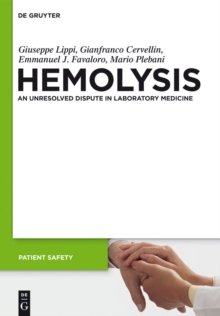
Description
This comprehensive book takes a psychological perspective on patient safety. It is based on the most recent theoretical and empirical research evidence from psychology (including clinical, work, and organizational psychology) and adjacent social and behavioral sciences such as human factors. Factors that influence safety-related experiences, behaviors, and outcomes of patients and professionals working in clinical settings such as medical practices and hospitals are reviewed, structured, and critically evaluated. Consistent with the complexity of the topic, the author takes a multi-level approach to patient safety, which includes a review of individual, team, and organizational factors and outcomes. The book describes how these factors, by themselves and in combination, can facilitate or impede patient safety. Individual factors include safety-relevant knowledge, skills, abilities, and personality traits such as conscientiousness and emotional stability. Team factors include group communication, training, and leadership. Finally, organizational factors include the safety culture and climate. Throughout the book, different evidence-based intervention programs are described that can help practitioners promote patient safety and prevent accidents. The book is a valuable resource for both researchers and practitioners interested in understanding, maintaining, and improving patient safety in a variety of applied settings. It is based on the most up-to-date research evidence from psychology and neighboring disciplines, and it is written in a clear and non-technical language understandable for a wide audience.
Information
-
Download - Immediately Available
- Format:PDF
- Pages:149 pages
- Publisher:De Gruyter
- Publication Date:27/02/2014
- Category:
- ISBN:9783110281927
Other Formats
- Hardback from £32.00
Information
-
Download - Immediately Available
- Format:PDF
- Pages:149 pages
- Publisher:De Gruyter
- Publication Date:27/02/2014
- Category:
- ISBN:9783110281927










